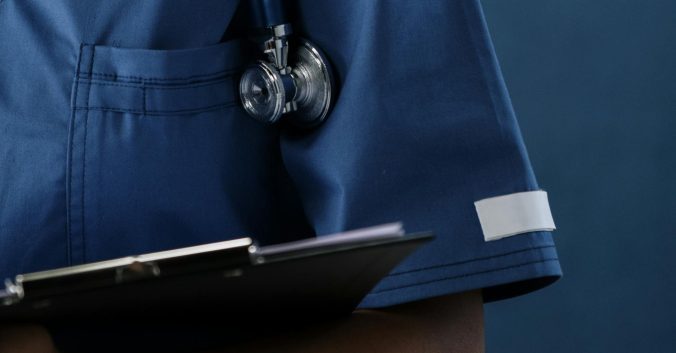Multiple sclerosis (MS) is a chronic inflammatory disease that affects the nerves of the brain and spinal cord. Symptoms can vary between individuals and the progression of the disease is difficult to predict. Medications can slow the progression of the disease and relieve symptoms, but they do not cure the disease. Symptoms tend to come and go and need to be monitored so that the patient always receives appropriate treatment.
Because MS is a lifelong disease with symptoms that come and go, and that change throughout life, it is important to know which features of treatment are perceived by patients as particularly important. Such knowledge can help healthcare professionals, in consultation with patients, to better tailor treatment to the individual’s wishes and needs. Patient-centred care is probably particularly important for lifelong diseases such as MS, with unpredictable progression and changing symptoms.
So how can we know which features of treatment are considered most important by patients? Preference studies can be conducted. The approaches in such studies vary. Patients can be interviewed or they can complete surveys. Surveys can ask questions in different ways, for example, the task may be to rank alternatives. Sometimes preference studies resemble experiments in which participants are presented with a series of choice situations that are systematically varied.
A Swedish-Italian collaboration investigated what patients perceive as important features of the treatment by giving them a ranking task. MS patients at an Italian university hospital were asked to rank alternatives for five different features of the treatment, including treatment effect and intervention method. The treatment effect that was ranked highest was preserved cognitive function, and the intervention method that was valued highest was disease-modifying drugs. The patients were also asked to justify their answers.
The research team then evaluated the results of the ranking task. The options that the patients ranked highest were now identified as important features of the treatment. Here is the final list of important features of the treatment:
Physical activity
Cognitive training
Disease-modifying drugs
Emotional support
Treatment effects
Each feature has 3–4 alternatives: different types of physical activity, different types of cognitive training, and so on. This ranking study is a preliminary study for a future, more experimental-like preference study that will be based on the features in the list. The advantage of such a step-by-step work process is that you can ensure that you ask the right questions and include the relevant features when designing the experimental study.
The final results therefore remain to be seen, but the above features can be considered an important step along the way. You can read the article here: What matters to patients with multiple sclerosis? Identifying patient-relevant attributes using a ranking exercise with open-ended answers from an online survey in Italy.

Written by…
Pär Segerdahl, Associate Professor at the Centre for Research Ethics & Bioethics and editor of the Ethics Blog.
Bywall KS, Kihlbom U, Johansson JV, et al. What matters to patients with multiple sclerosis? Identifying patient-relevant attributes using a ranking exercise with open-ended answers from an online survey in Italy. BMJ Open 2025;15:e095552. doi: 10.1136/bmjopen-2024-095552
Exploring preferences












Recent Comments